Are you familiar with the heart-wrenching sight of a trembling dog, eyes wide with fear? It’s a scene that can tug at the heartstrings of any dog lover. Dogs, much like humans, have their own set of fears and anxieties. Some are afraid of thunderstorms, others dread the vacuum cleaner, and some even fear being left alone. Understanding and addressing these emotions is crucial for ensuring the well-being of your furry friend. In this article, we’ll explore ten practical tips to help manage and alleviate your dog’s fear or anxiety, making life more comfortable for both of you.
Understanding the Root Causes
Just like humans, dogs can experience fear and anxiety—and when they do, it’s up to us to help them feel safe and supported. Whether it’s triggered by loud noises, unfamiliar people, separation, or past trauma, anxiety in dogs can show up in many forms, from trembling and hiding to barking or destructive behavior. Understanding what your dog is going through is the first step toward helping them cope.
Before you can effectively address your dog’s anxiety, it’s essential to understand the root causes. Dogs can develop fears from a variety of sources, such as past traumatic experiences, unfamiliar environments, or even genetic predispositions. Just like a child who is afraid of the dark, a dog might fear loud noises because they associate them with past discomfort. By identifying the triggers, you can better tailor your approach to help them. Observing your dog closely during different situations can offer valuable insights into what might be causing their anxious behavior.
Creating a Safe Space
Every dog needs a sanctuary, a place where they can retreat to when feeling overwhelmed. Creating a safe space for your dog can significantly reduce their anxiety levels. This could be a cozy corner with their favorite blanket and toys or a designated room. Imagine it as their personal oasis, a place where they feel secure and loved. Ensure this space is quiet and away from any potential stressors. By providing such an environment, you’re giving your dog a sense of control, which is often what they need to calm down.
Consistent Routine
Dogs thrive on routine. Much like humans who find comfort in a predictable schedule, dogs feel more secure when they know what to expect. Establishing a consistent routine for feeding, walks, and playtime can help reduce anxiety. When your dog knows that their needs will be met at specific times, it reduces uncertainty and stress. Think of it as setting a daily rhythm that your dog can dance to, providing them with a sense of stability and reassurance.
Gradual Exposure
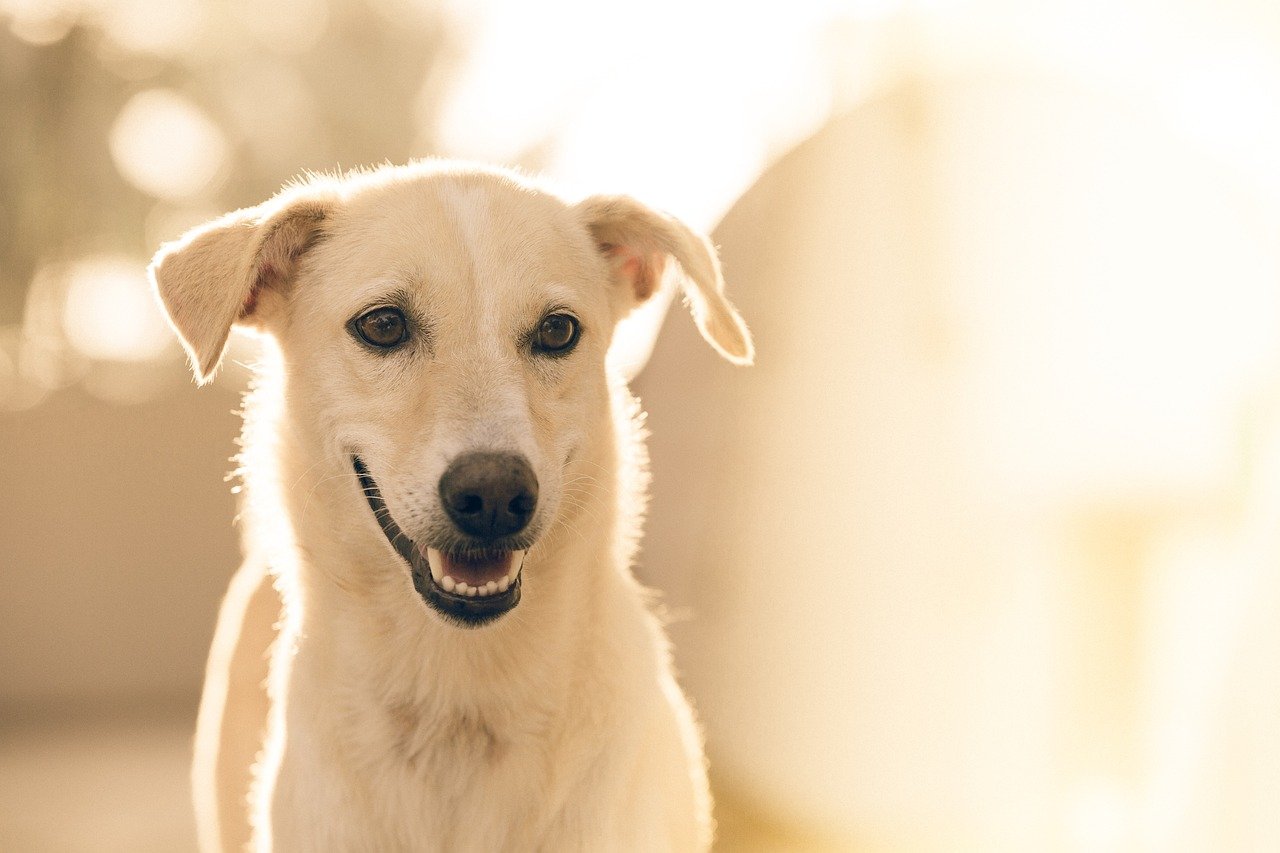
Gradual exposure, or desensitization, is a proven method to help dogs overcome their fears. The idea is to slowly introduce your dog to the source of their anxiety in a controlled manner. For instance, if your dog fears thunder, you might play recordings of thunderstorms at a low volume while engaging them in fun activities. Over time, increase the volume as they become more comfortable. It’s akin to dipping toes into the water before diving in, allowing your dog to adjust at their own pace.
Positive Reinforcement
Positive reinforcement is a powerful tool in managing a dog’s anxiety. Rewarding your dog with treats, praise, or play when they exhibit calm behavior can reinforce the idea that there’s nothing to fear. This technique is like teaching a child that overcoming a fear leads to something rewarding. The more you associate calm behavior with positive outcomes, the more likely your dog will choose calmness over anxiety. It’s a gentle way of guiding them towards peace.
Physical Exercise
Physical exercise is not just vital for your dog’s physical health, but it’s also crucial for their mental well-being. Regular exercise can help reduce anxiety by releasing pent-up energy and producing endorphins, which are natural mood elevators. Think of it as a natural stress-reliever, much like how humans feel after a good workout. Whether it’s a brisk walk, a game of fetch, or a swim, keeping your dog active can significantly diminish their anxiety levels.
Calming Aids
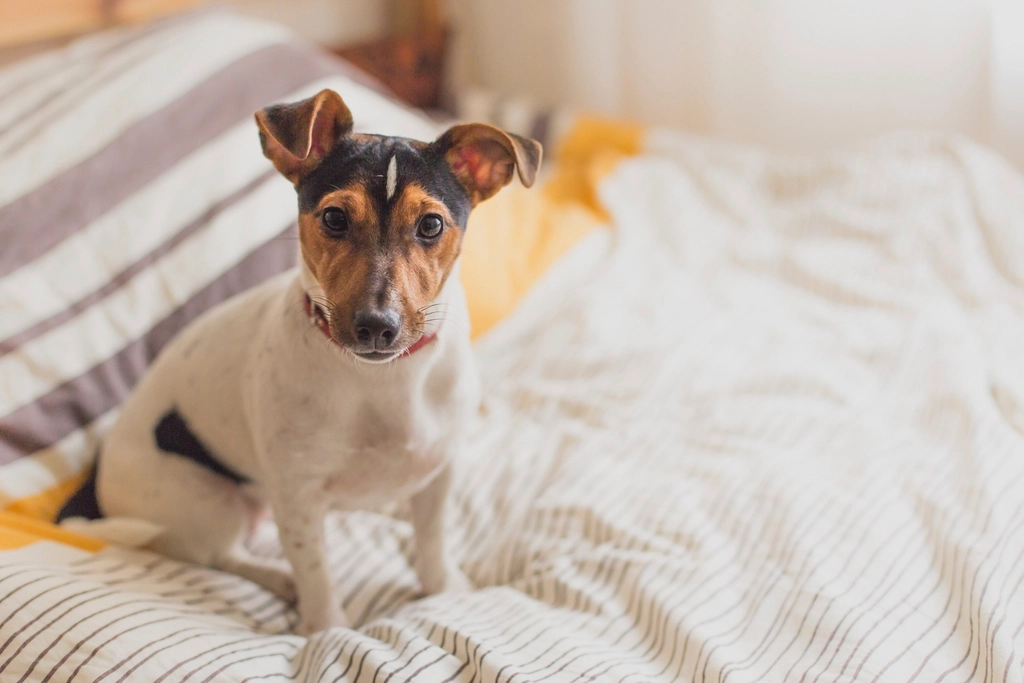
In some cases, calming aids can be beneficial in managing your dog’s anxiety. Products like calming collars, sprays, or even special anxiety wraps can provide comfort. These aids often contain natural ingredients like lavender or chamomile, known for their calming properties. It’s similar to how a gentle aromatherapy session can soothe frayed human nerves. While not a standalone solution, they can complement other methods in creating a more serene environment for your dog.
Consulting a Professional
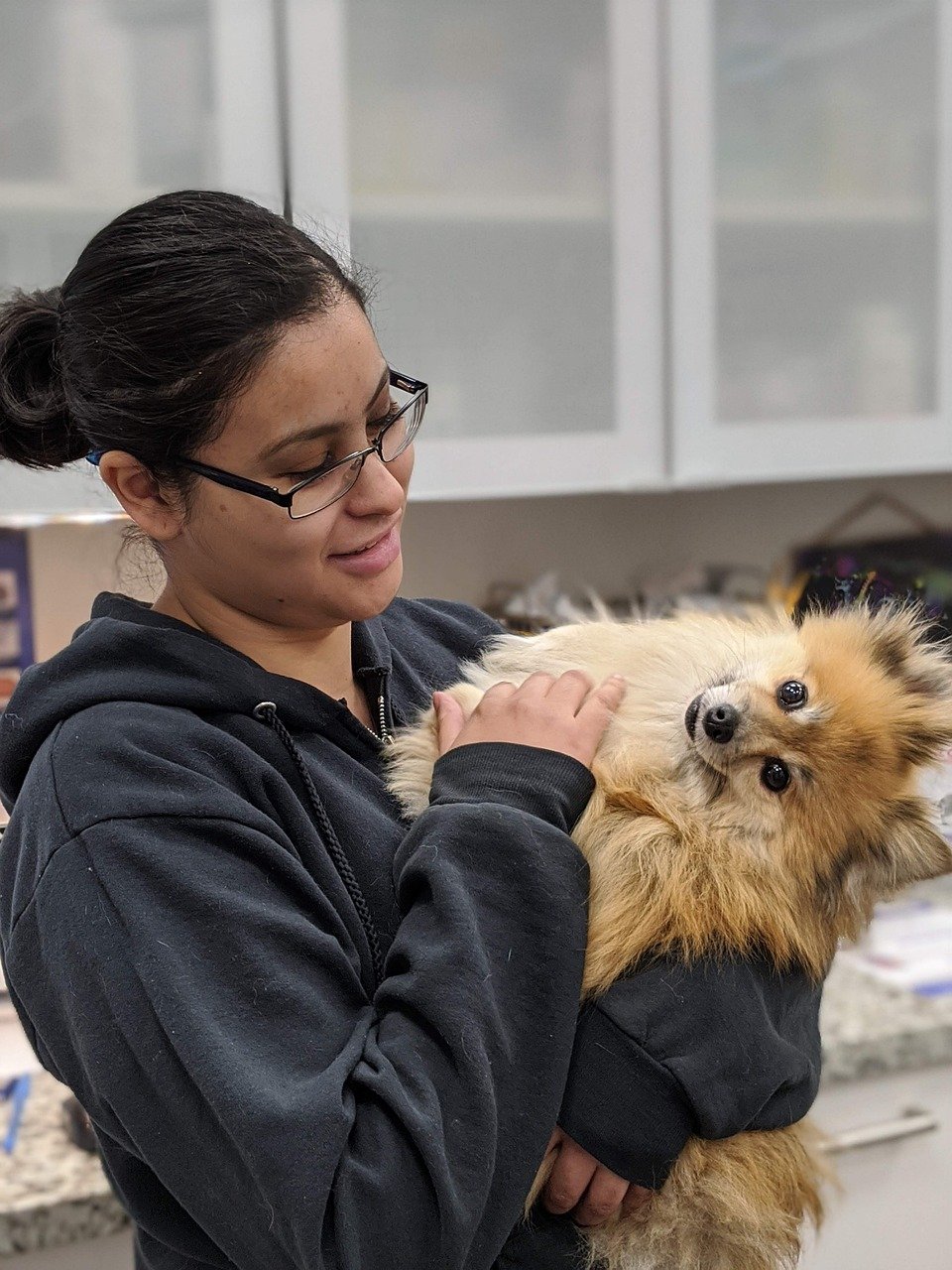
If your dog’s anxiety seems severe or unmanageable, consulting a professional is a wise step. Veterinarians or animal behaviorists have the expertise to assess your dog’s behavior and recommend appropriate interventions. They might suggest behavioral therapy or, in some cases, medication. Think of them as counselors for your dog, offering guidance and solutions when things seem overwhelming. Seeking professional help can provide both you and your dog with the support needed to navigate anxiety.
Socialization
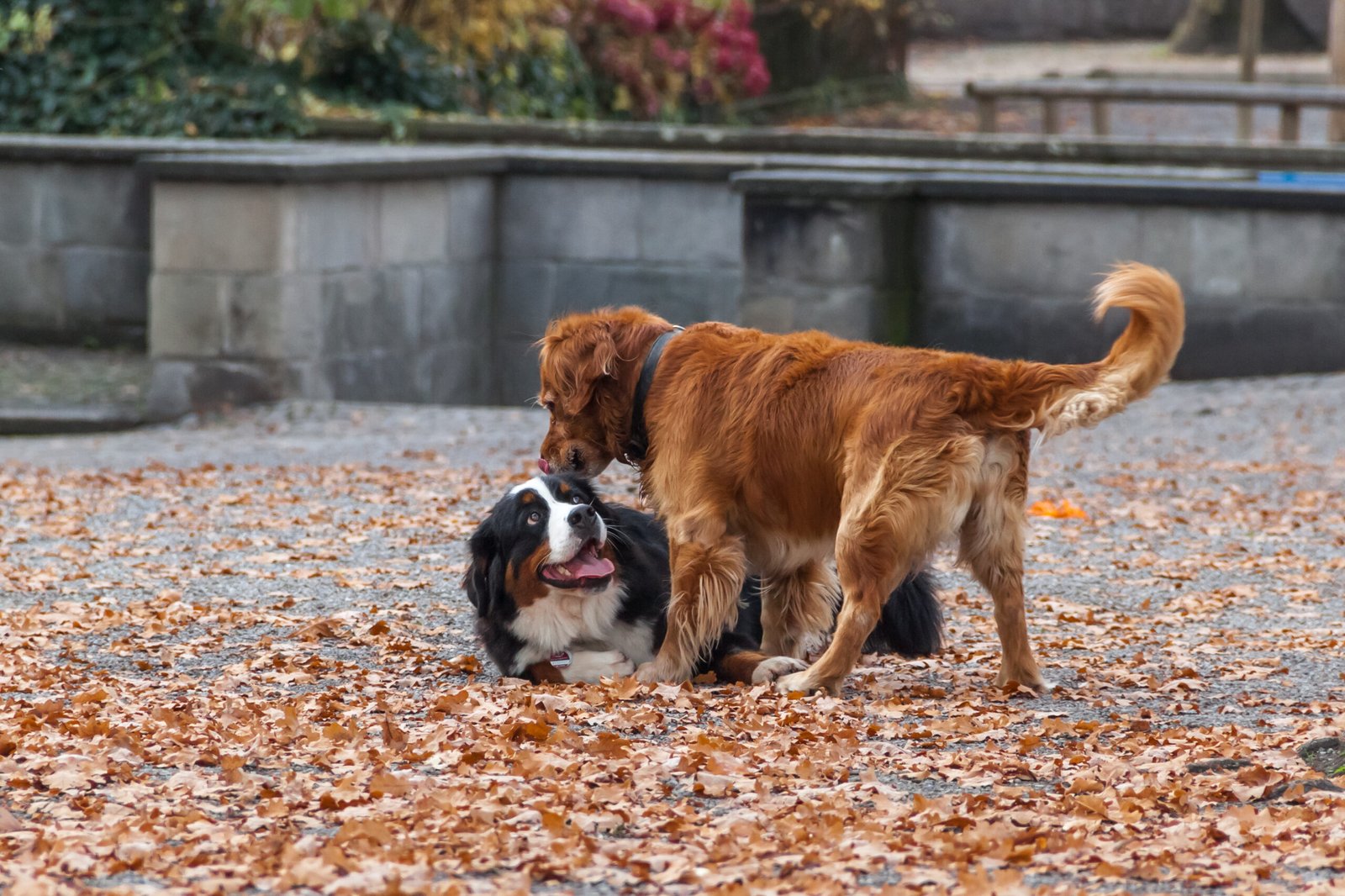
Socialization is another key element in reducing a dog’s anxiety. Exposing your dog to different environments, people, and other animals can help them become more adaptable and less fearful. It’s like broadening their horizons, showing them that the world isn’t as scary as it might seem. Start with controlled, positive interactions, and gradually expand their social circle. Over time, this can lead to a more confident and less anxious dog.
Your Role as a Calm Leader
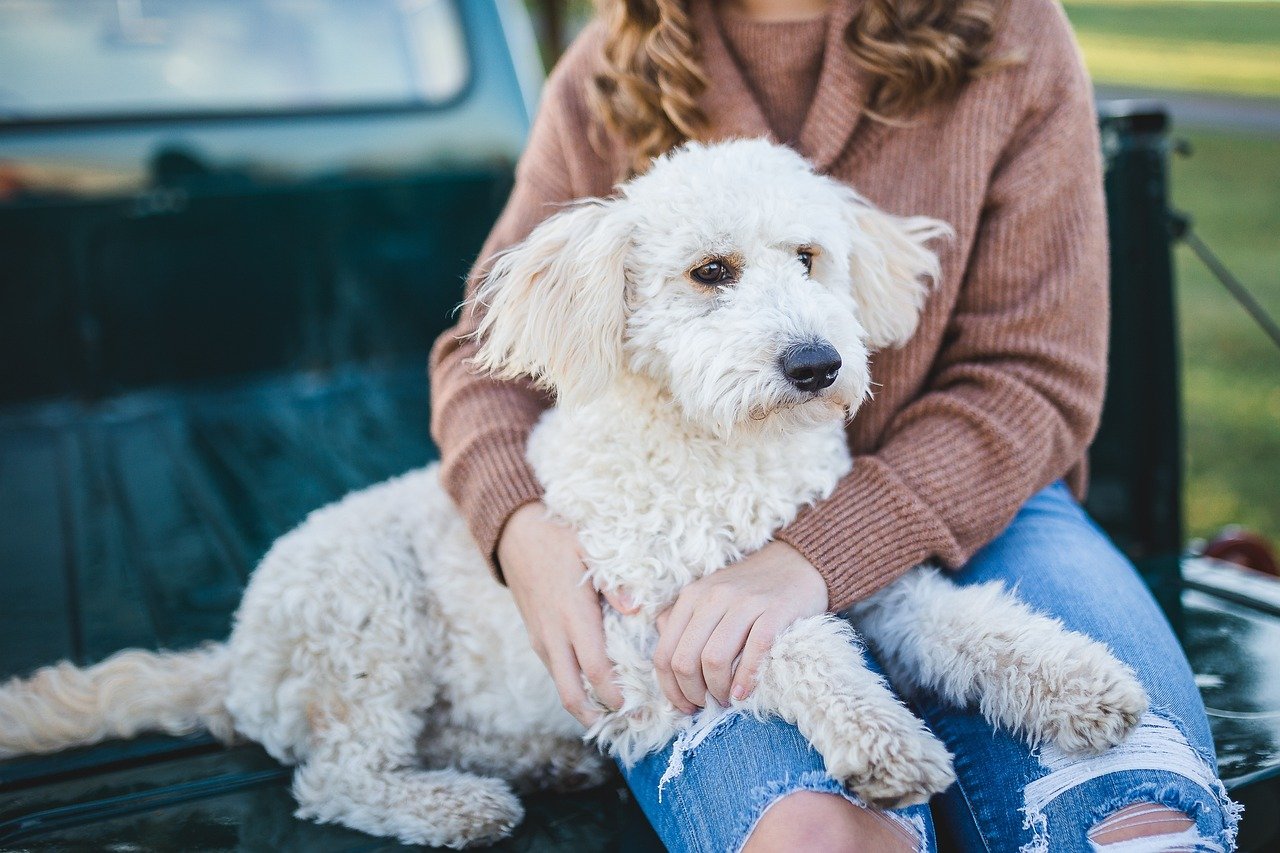
Dogs often look to their owners for cues on how to react in situations. Being a calm and reassuring leader can help your dog feel more secure. If you remain composed during a thunderstorm, for instance, your dog is more likely to mirror that calmness. It’s akin to how children look to their parents for comfort in unsettling situations. By providing a steady presence, you can help your dog navigate their fears more effectively.
Addressing your dog’s fear or anxiety is a journey that requires patience, understanding, and love. By implementing these tips, you’re not just helping your dog cope with their fears, but you’re also strengthening the bond between you. Remember, every small step towards alleviating their anxiety is a step towards a happier, more relaxed life for both you and your furry friend.

Esther is from India; the heartbeat of South Asia, holding a Master’s degree in Zoology and a postgraduate diploma in Animal Welfare. Her enthusiasm for animal welfare drives her passion and dedication to working for animals, ensuring their well-being, and advocating for their rights. With a solid academic background and hands-on experience, she is committed to making a positive impact in the field of animal welfare. In her free time, she enjoys embroidery and sewing. As a Chennaite from Tamil Nadu, Esther loves Bharathanatyam, an Indian classical dance form.






